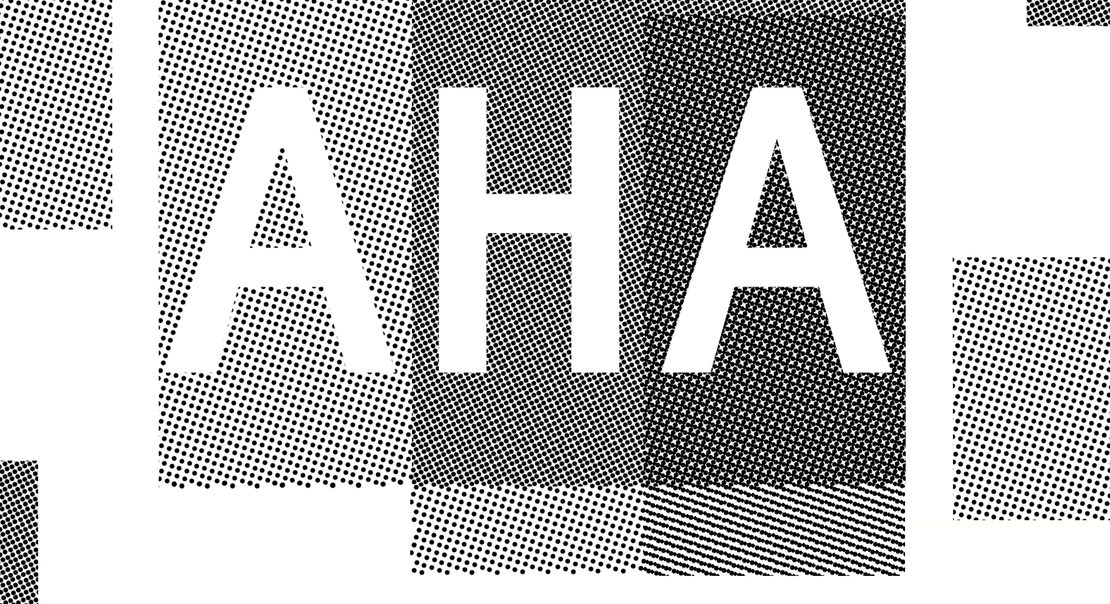Archaeology–Heritage–Art Research Network
Slade School Of Fine Art with the Institute Of Archaeology
The archaeology–heritage–art research network held its inaugural event at the Institute of Archaeology on 23 May 2014. Since 2021 the network is co-ordinated by Nastassja Simensky (Slade), Ellen Pavey (IoA) and Dr Beverley Butler (IoA).
Featured Media
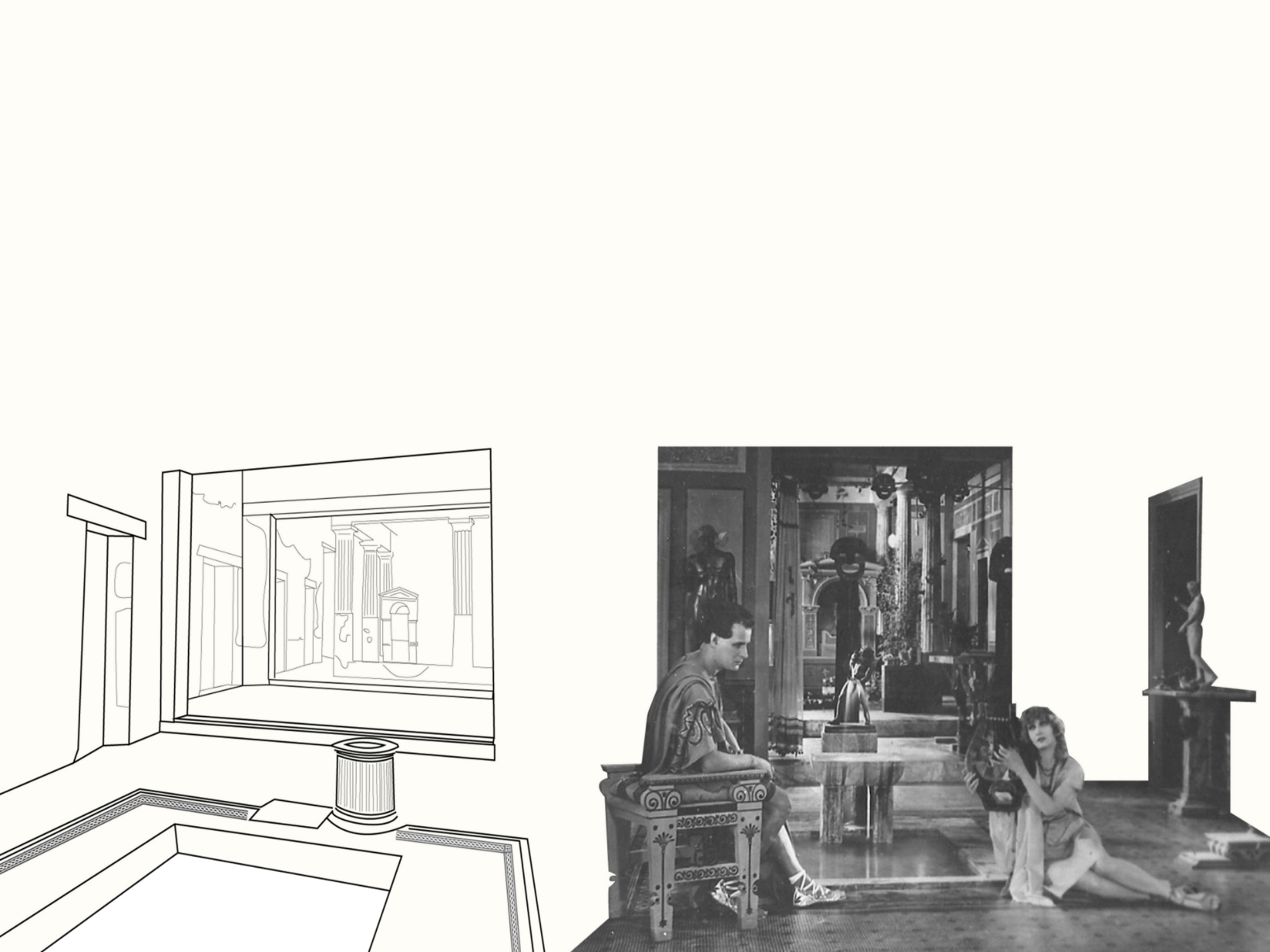
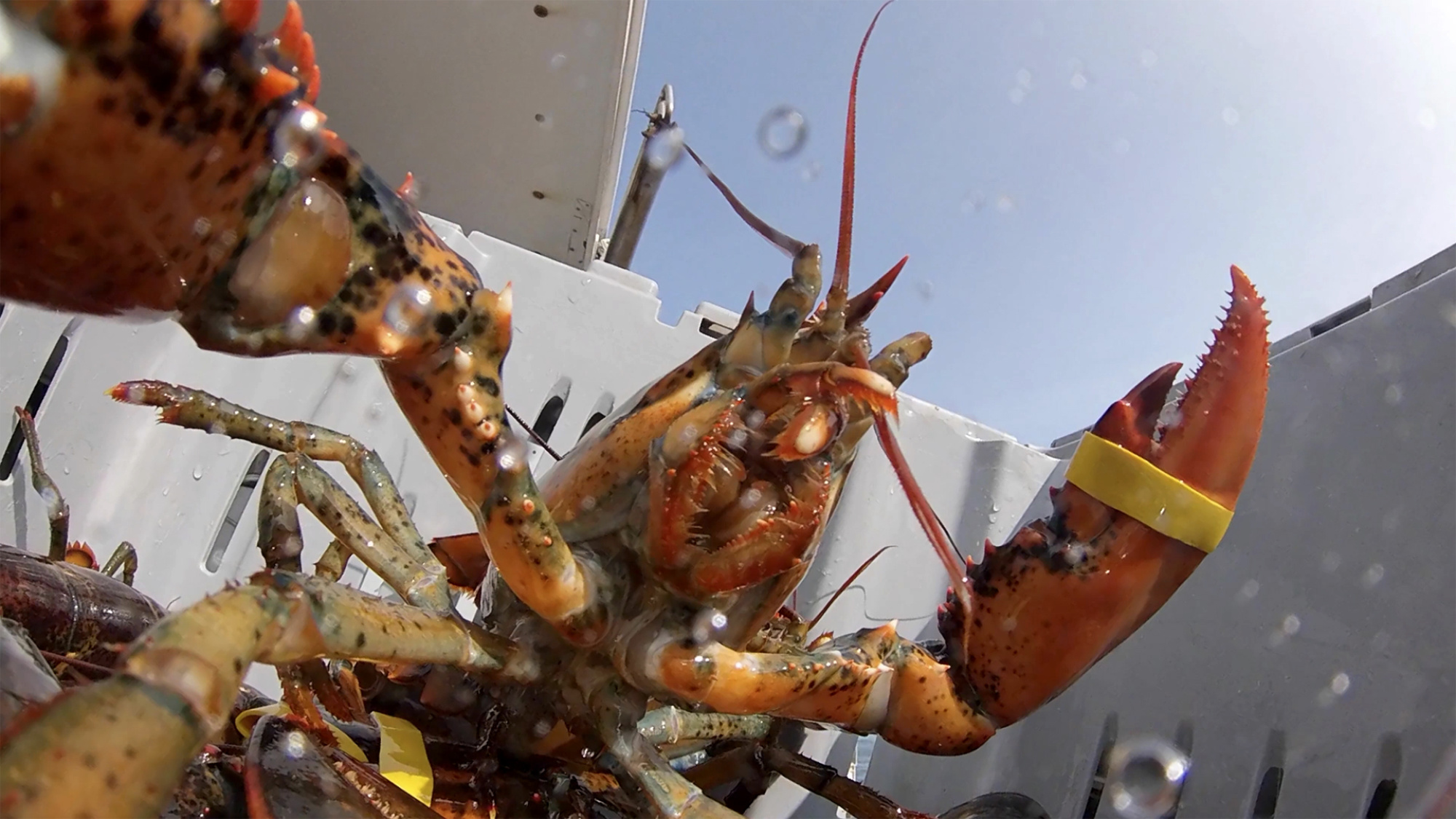
©the artist
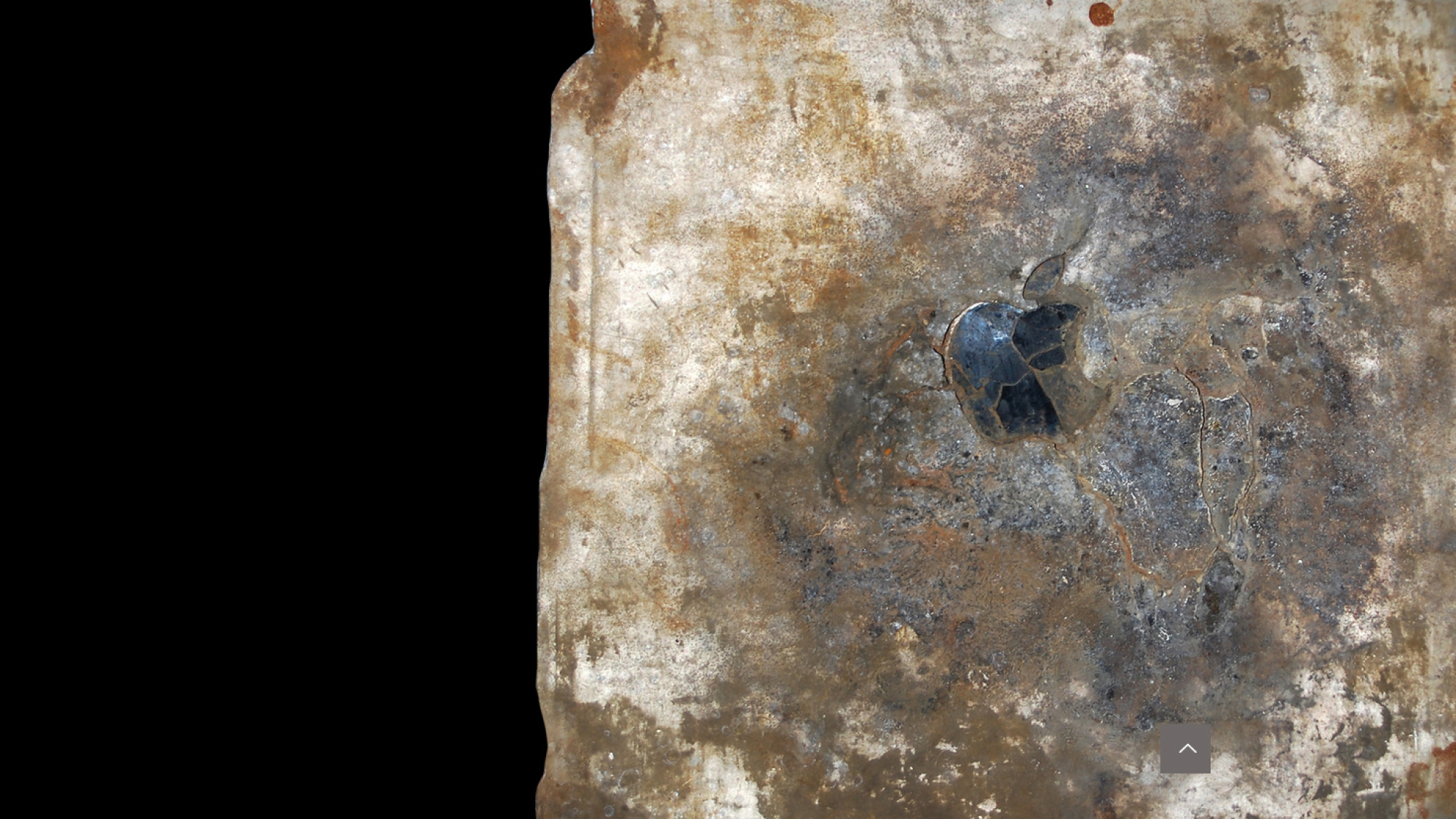
©Dean Sully
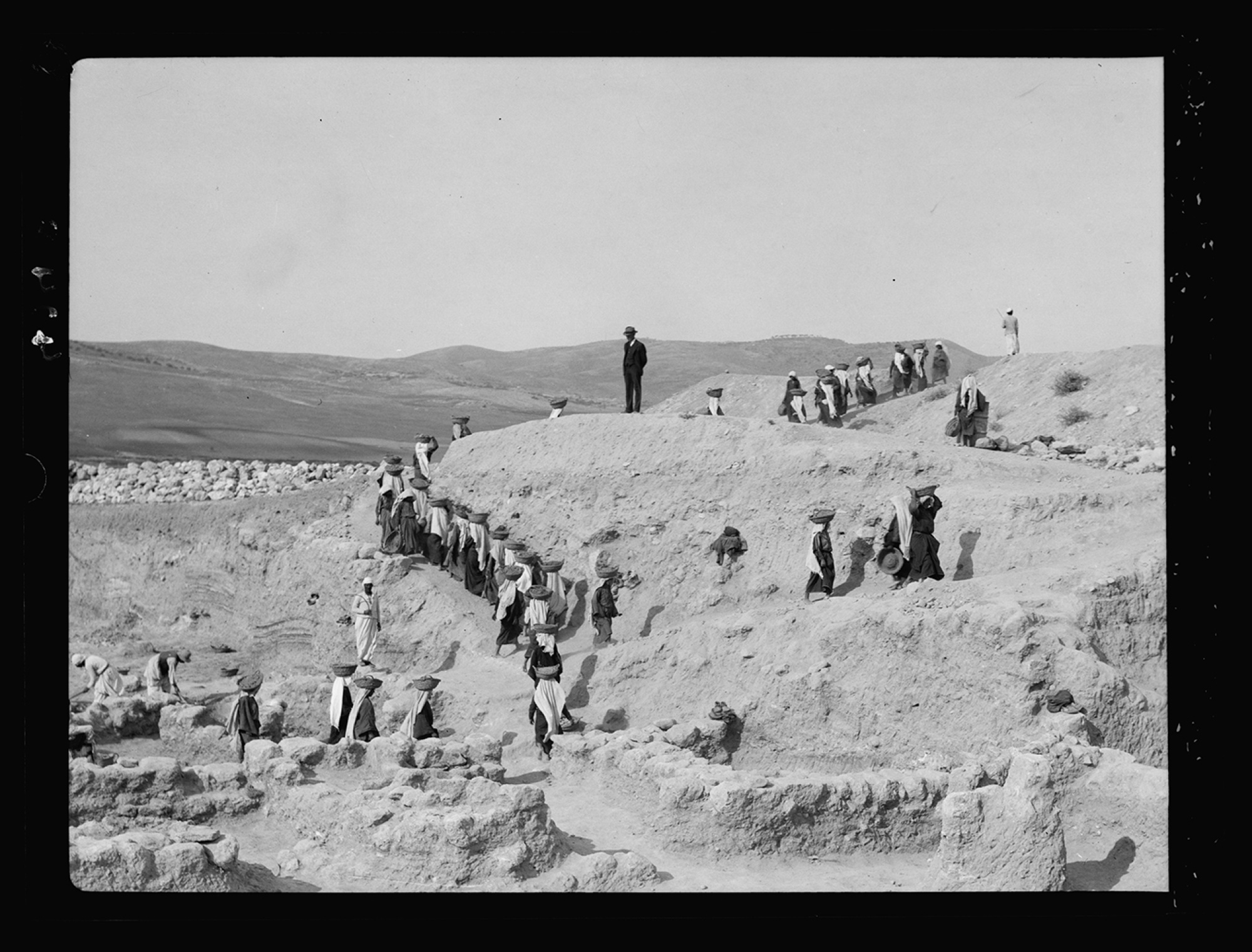
©Dima Srouji
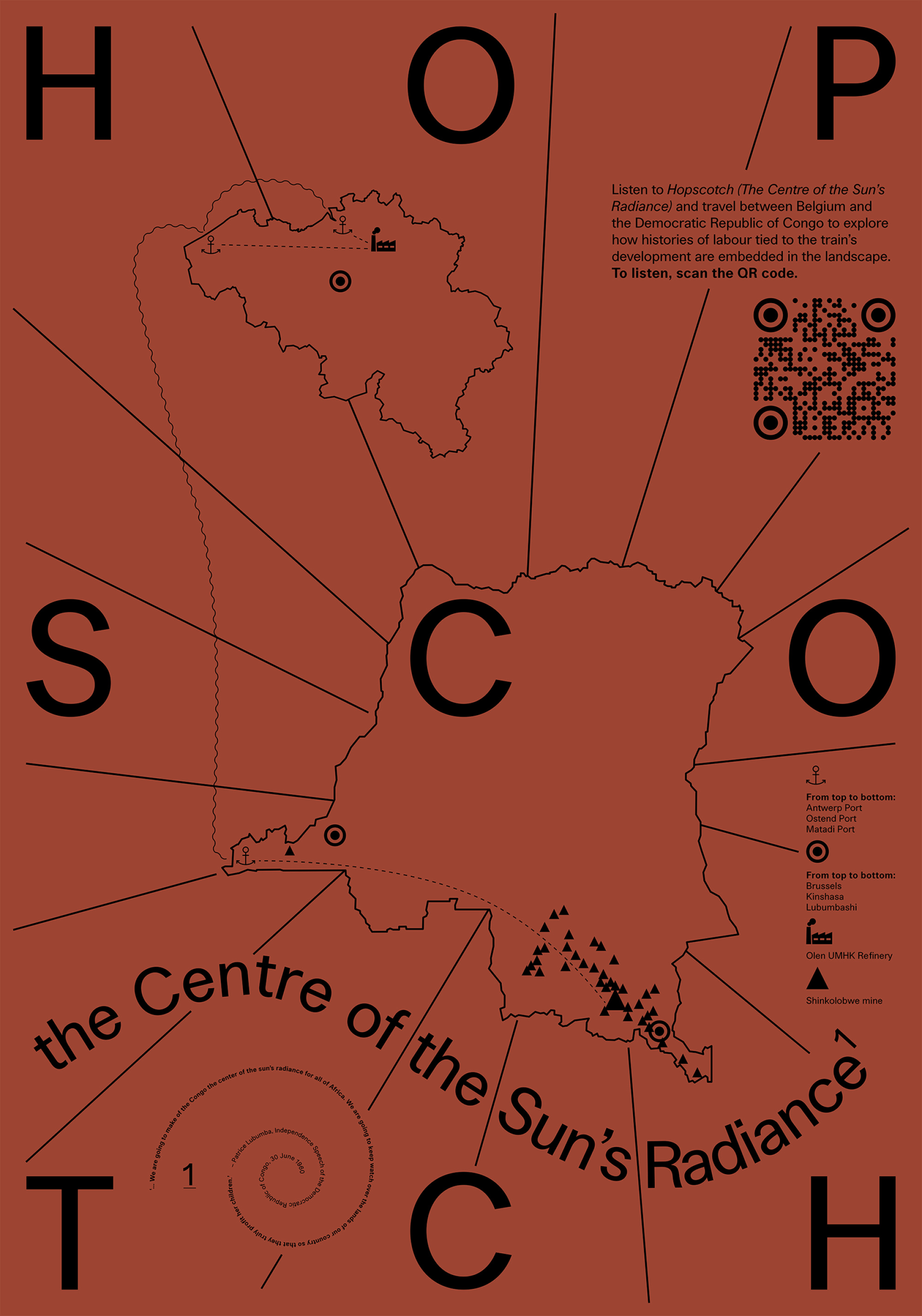
©the artist
This network and public programme examine the varied ways in which archaeology, heritage and art converge across a broad range of concepts and practices – from artistic methodologies in fieldwork, to interventions in the museum space to archaeological interpretations which deploy and take inspiration from contemporary art. Whilst the network remains open to diverse topics and research strands, key themes reflect the strengths of cross-disciplinary research across the Institute of Archaeology, in particular the Heritage Studies Section, and in the Slade School of Fine Art. These include: the use of art to critique archaeology (and vice-versa); shared approaches to fieldwork and place-specificity; the emergence of the photo-essay as a critical tool in archaeology and heritage; the role of art in public archaeology; artists, archaeologists and heritage practitioners as activists; challenging the notion of the ‘contemporary’ and emergent future in art, archaeology and heritage; intersections of conservation and creativity and the importance of art and heritage to wellbeing.
Archaeology and heritage have a long shared history with art, as well as crucial points of tension which help animate their convergence and divergence. In recent years, the critical examination of these cross-fertilisations has become a vibrant area of practice and research in its own right. This research network looks to deepen this enquiry and ask what innovative approaches can be developed that go beyond inspiration, through active engagement and collaboration across these fields.
The 2022 public programme participants have included:
Aylin Atacan
Aylin Atacan received her PhD degree from the Department of Architecture at Middle East Technical University (Turkey) in 2020 on the topic of architectural representations of Pompeii in illustrated books and silent films of the 19th and early 20th centuries. She worked as a research assistant at the Architectural History Program of the same university.
Luce Choules
Collapsing environments in performance and sculpture is the work of artist Luce Choules. Through a spatial enquiry encompassing writing, image and sound they use fieldwork, language and live event to explore precarity and temporality in a radical rethinking of our time on this planet. Their works deal with ecological precarity, accelerated change, extractivism, post-industrial tourism, social movement, aggregate structures, material and immaterial transformation, temporal loop, and shape-shifting.
Meg Hadfield
Meg Hadfield draws upon divergent poetic histories to gather and compose fictions. Her practice deals with mystical constructions of text as a material which might manifest or embody; dirt, desire and deviant literary characters. Drawing from oral traditions to invoke unspoken dialectics in contemporary platforms, she conjures poetic phenomena to be encountered and reanimated in the form of audio installation and printed matter.
Cóilín O'Connell
Cóilín O'Connell is a mixed media artist who uses documentation, archives and publishing as a method for creating (science) fictions, garden-variety mythologies and subjective representations.
Stephen Sewell
Stephen Sewell is a Brooklyn-based artist, filmmaker and educator. His research and projects broadly consider sites and processes of knowledge production and acquisition under the conditions of global capitalism. He has presented works at EFA Project Space, Target Margin Theater and Artists Space and has lectured and participated on panel discussions at the University of Hertfordshire, Queens Museum and the Pacific Northwest College of Art. His last film, Three Lessons (How to shoot a gun) examines the naturalization and reproduction of gun culture in the U.S. and premiered at the Harlem International Film Festival. He received his MFA from the University of Washington and is an alumnus of the Whitney Independent Study Program and Art & Law Program.
Jumana E Abboud
Jumana E Abboud's research looks at the presence and absence of folkloric practice within social, political, and natural environment, particularly in Palestinian oral history traditions; concentrating on the water source as a site for feminine and cultural knowledge. The natural water source - spring, well, stream – was a terrain of enchantment, written within our material and spirited lives; collectively inhabited by human, non-human, living and nonliving. Referring to such water sites as spirited sites, Abboud’s research and artworks reimagine folk tale practice today, and aims to preserve Palestinian collective identity through trusting local knowledge.
Vaishali Prazmari
Vaishali Prazmari uses the frame story and motifs of the 1001 Arabian Nights to generate 1001 paintings and artworks and proposing a new, visual reading of the Nights where Shahrazad the storyteller is all-powerful in that she holds the key to the entire 1001 Nights in her head, just as the artist can be all-powerful in the creation of multiple worlds and works. The painted object itself has other functions (didactic, magical, ritual, healing, storytelling…) and the site of a painting (in a book, on the wall, in your pocket, on a scroll, on a screen) also influences the transmission of this power.
Dean Sully
Dean Sully is Associate Professor in Conservation at University College London’s Institute of Archaeology, where he coordinates the MSc in Conservation for Archaeology and Museums. He is a coordinator of the Centre for Critical Heritage Studies (CCHS) and the Curating the City Research Cluster, National Trust’s Conservation Advisor for Archaeological Artefacts, and Emeritus Scientist in Residence at the Slade School of Art.
Dima Srouji
Dima Srouji is an architect and visual artist exploring the ground as a deep space of rich cultural weight. She works with glass, text, archives, maps, plaster casts, and film, understanding each as an evocative object and emotional companion that help her question what cultural heritage and public space mean in the context of the Middle East.
Dima Srouji is currently the Jameel Fellow at the Victoria & Albert Museum and leading the MA City Design studio at the Royal College of Art in London.
Inas Halabi
Inas Halabi is an artist working predominantly with film. Her practice is concerned with how social and political forms of power are manifested and the impact that overlooked or suppressed histories have on contemporary life. She holds an MFA from Goldsmiths College in London and recently completed a two year residency at De Ateliers in Amsterdam. In 2016, she was awarded first prize for the A.M. Qattan Foundation’s Young Artist of the Year.
Jagdish Patel
Jagdish Patel's practice is research based, involving photography and visual arts on issues related to socially engaged art, anti-racism, and archives. His work is firmly located within the realms of portraiture and documentary, but through a process of collaborative art practice. Much of his practice involves working within working class communities, and he is keen to ensure that the process of making images is empowering for the people taking part in the projects. Over the past few years he has undertaken projects with people from the Gypsy community, Asian football clubs, Muslim War Veterans, and Punjabi bar owners in the Black Country.
Carolina Rito
Carolina Rito is Professor of Creative Practice Research, at the Research Centre for Arts, Memory and Communities (CAMC), at Coventry University; and leads on the centre’s Critical Practices research strand. She is a researcher and curator whose work explores ‘the curatorial’ as an investigative practice, expanding practice-based research in the fields of curating, visual arts, visual cultures and cultural studies. Rito is Executive Board Member of the Midlands Higher Education & Culture Forum; Research Fellow at the Institute of Contemporary History (IHC), Universidade NOVA de Lisboa; Founding Editor of The Contemporary Journal; and Chair for the Collaborative Research Working Group for the MHECF.
Caitlin DeSilvey
Caitin DeSilvey is a geographer whose research explores the cultural significance of material change and transformation, with a particular focus on heritage contexts. DeSilvey has worked with artists, archaeologists, environmental scientists, and heritage practitioners on a range of interdisciplinary projects, supported by funding from UK research councils (AHRC, EPSRC, NERC), the Royal Geographical Society, the Norwegian Research Council, and the European Social Fund. DeSilvey often use visual imagery and storytelling to engage people in imagining changing environments and places and look to patterns from the past to try to understand what the future might bring.
Libita Sibungu
Libita Sibungu’s solo and collaborative projects explore the politics of the body and landscape in relation to migration, blackness, and colonialism. The work seeks to unearth lost, buried and hidden testimonies, to reimagine containers of memory and states of liberation emerging out of fugitive experiences. Performance, print, text and sound are collaged together to map time into poetic installations.
